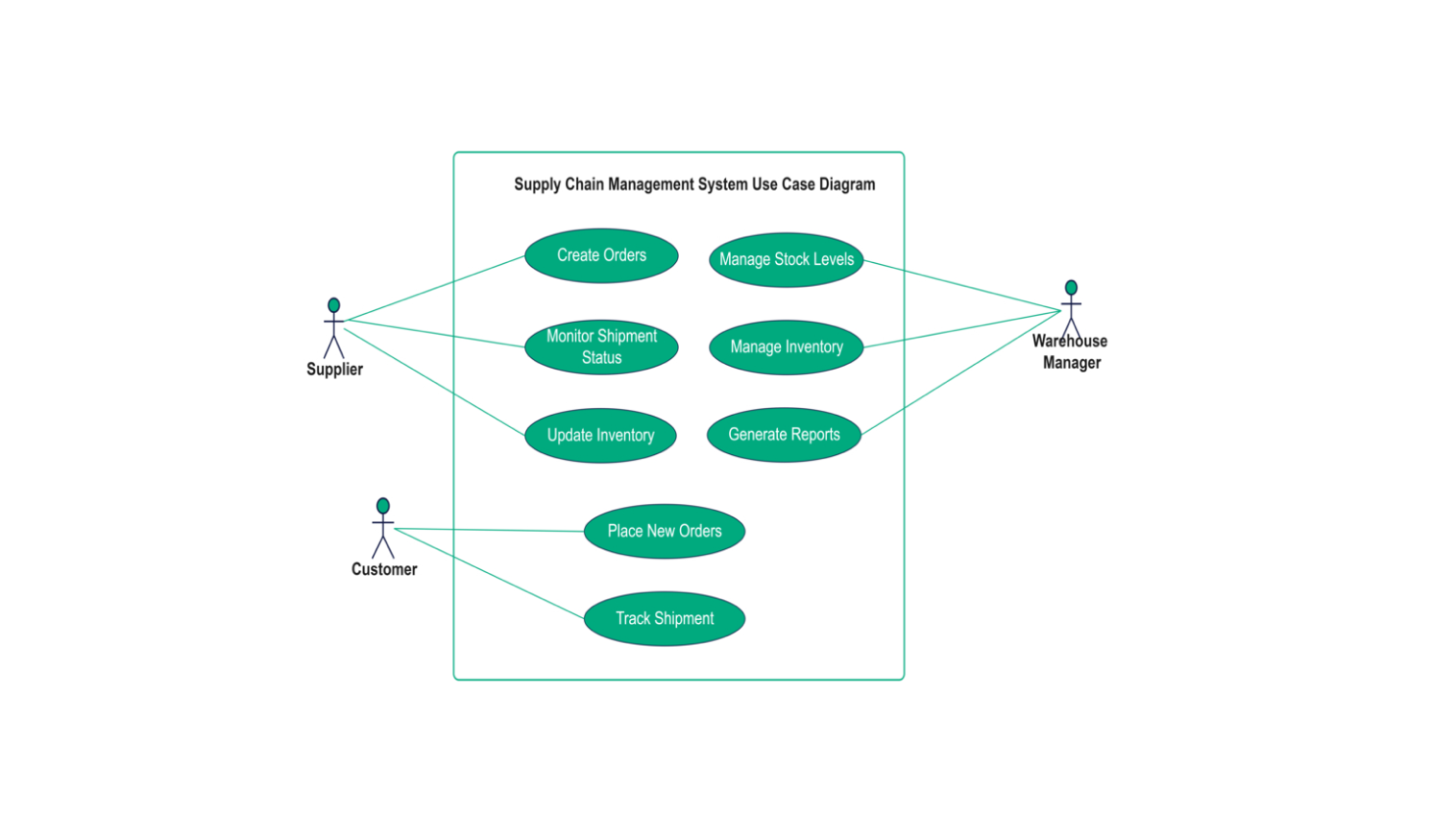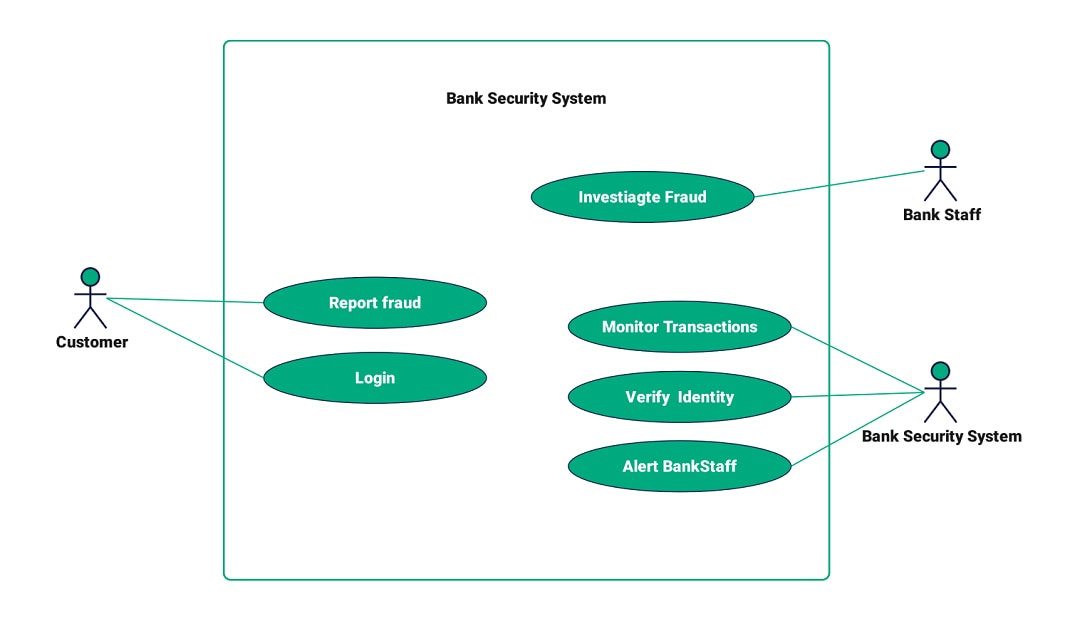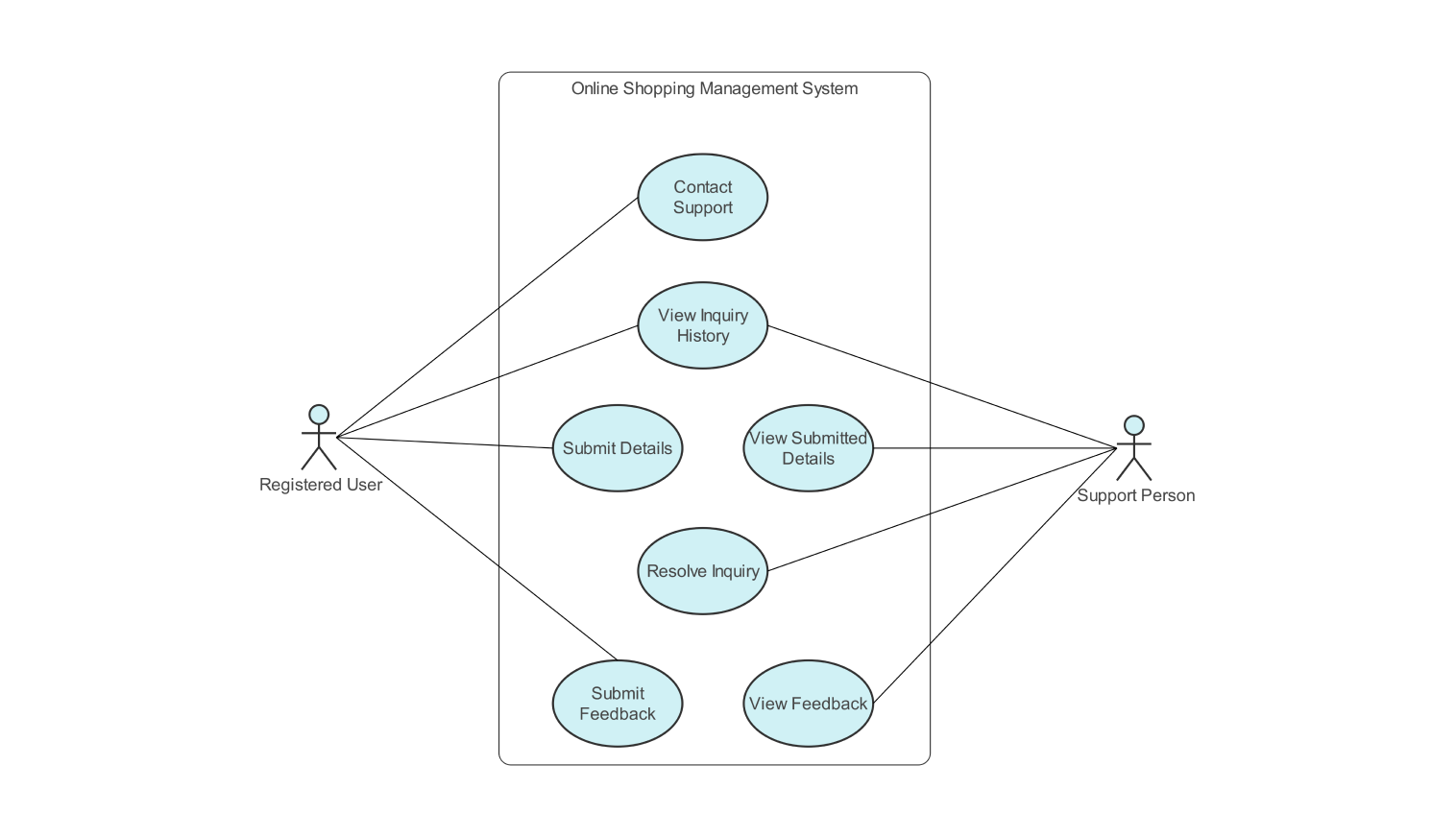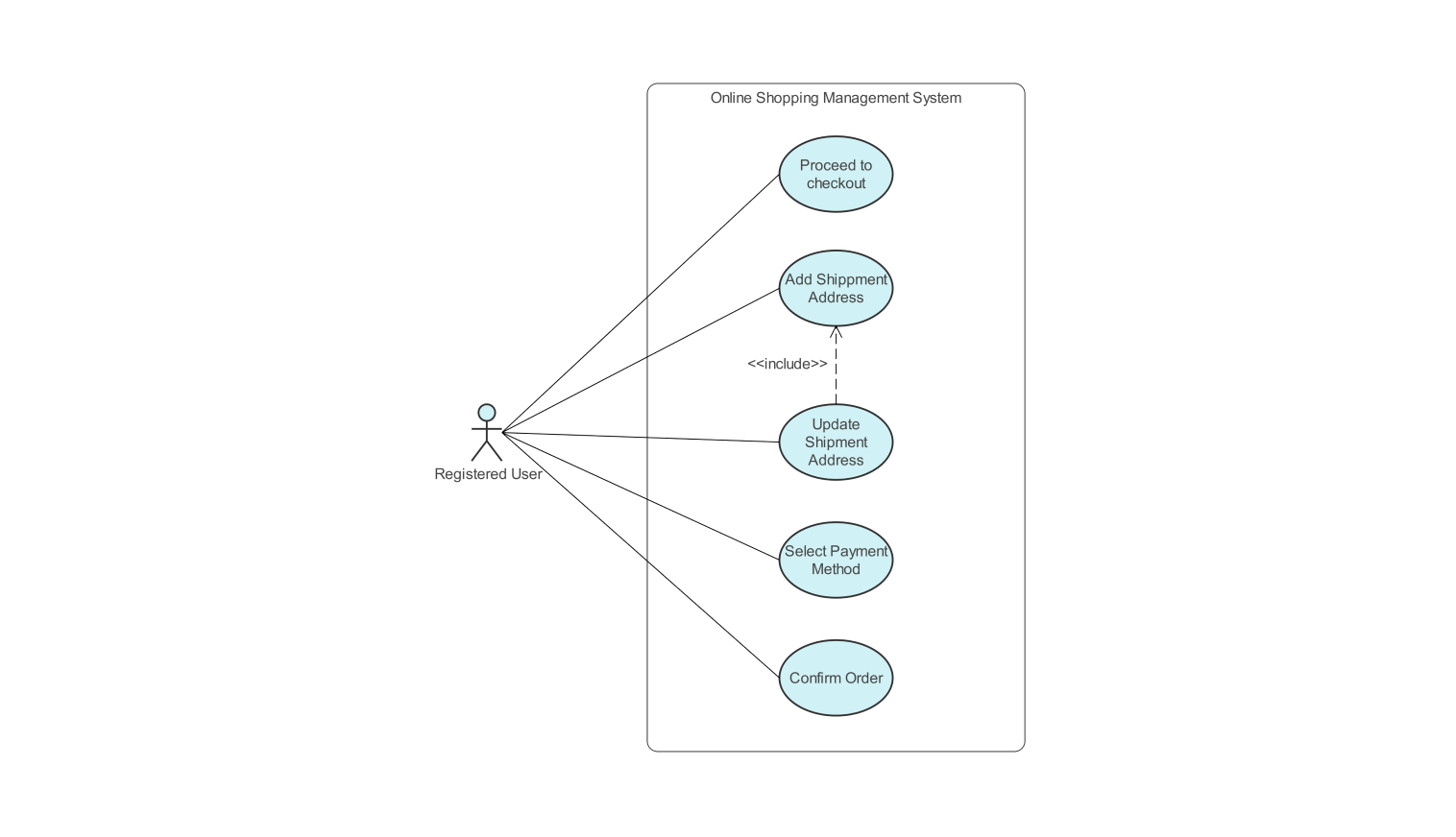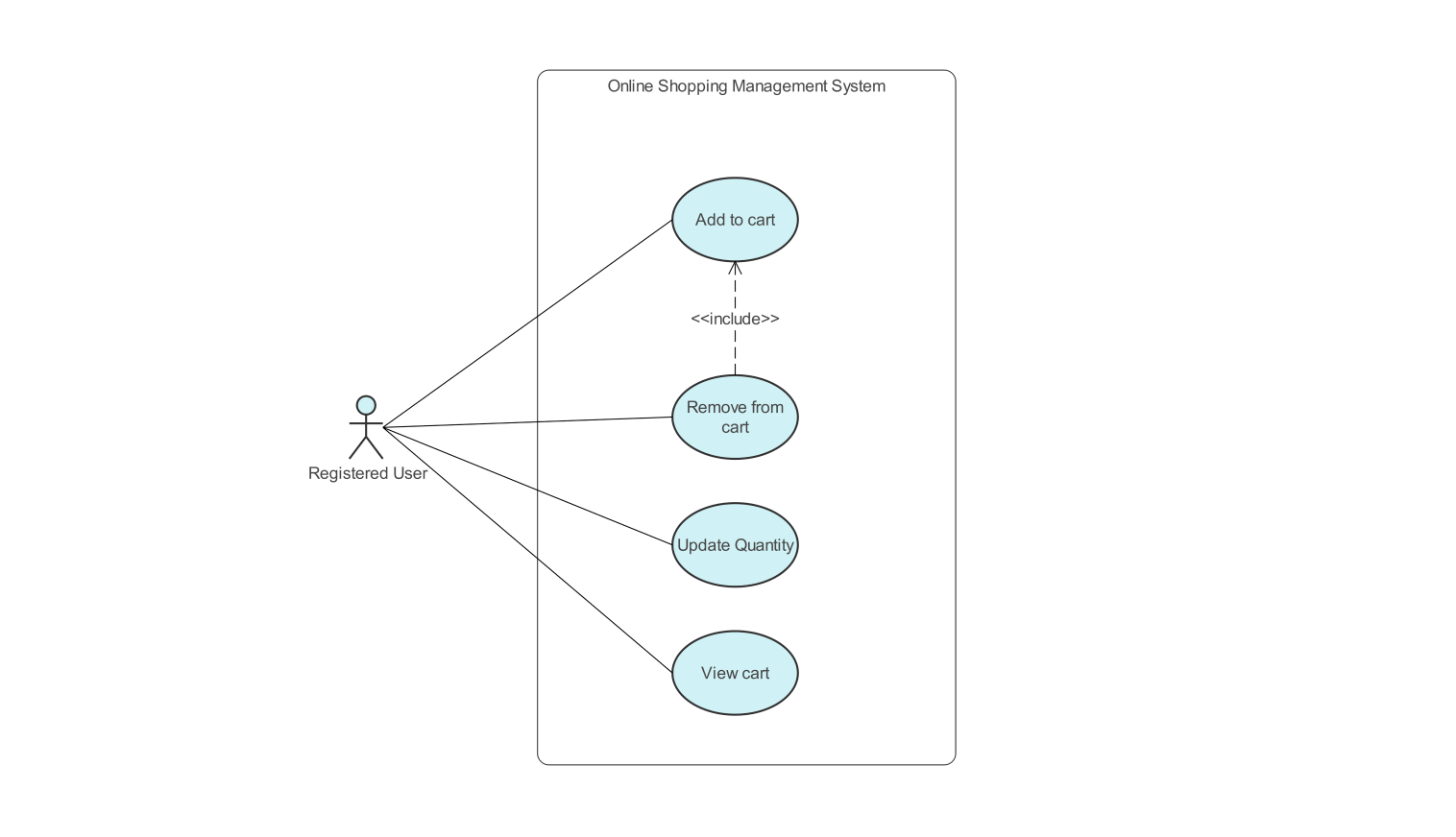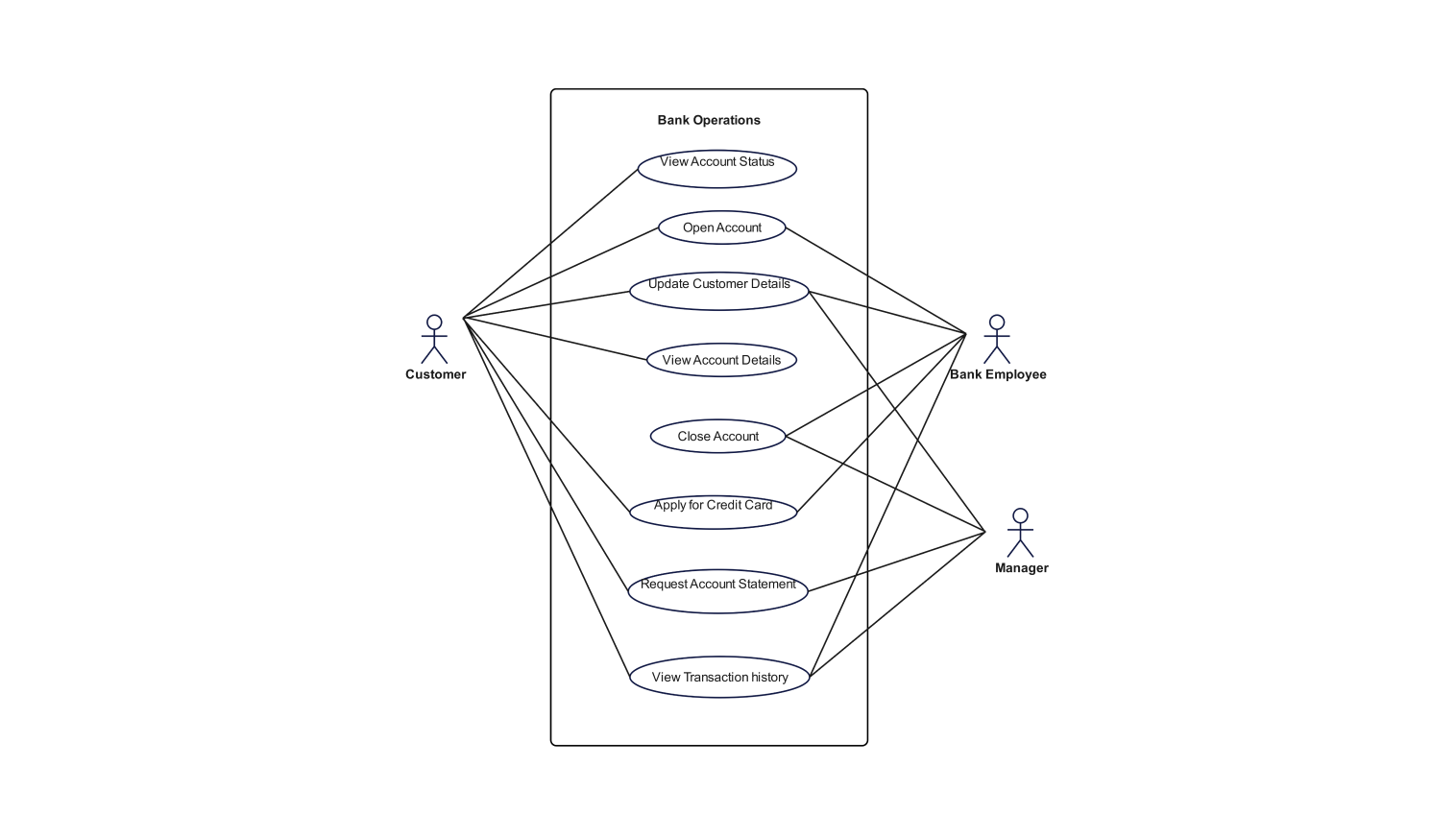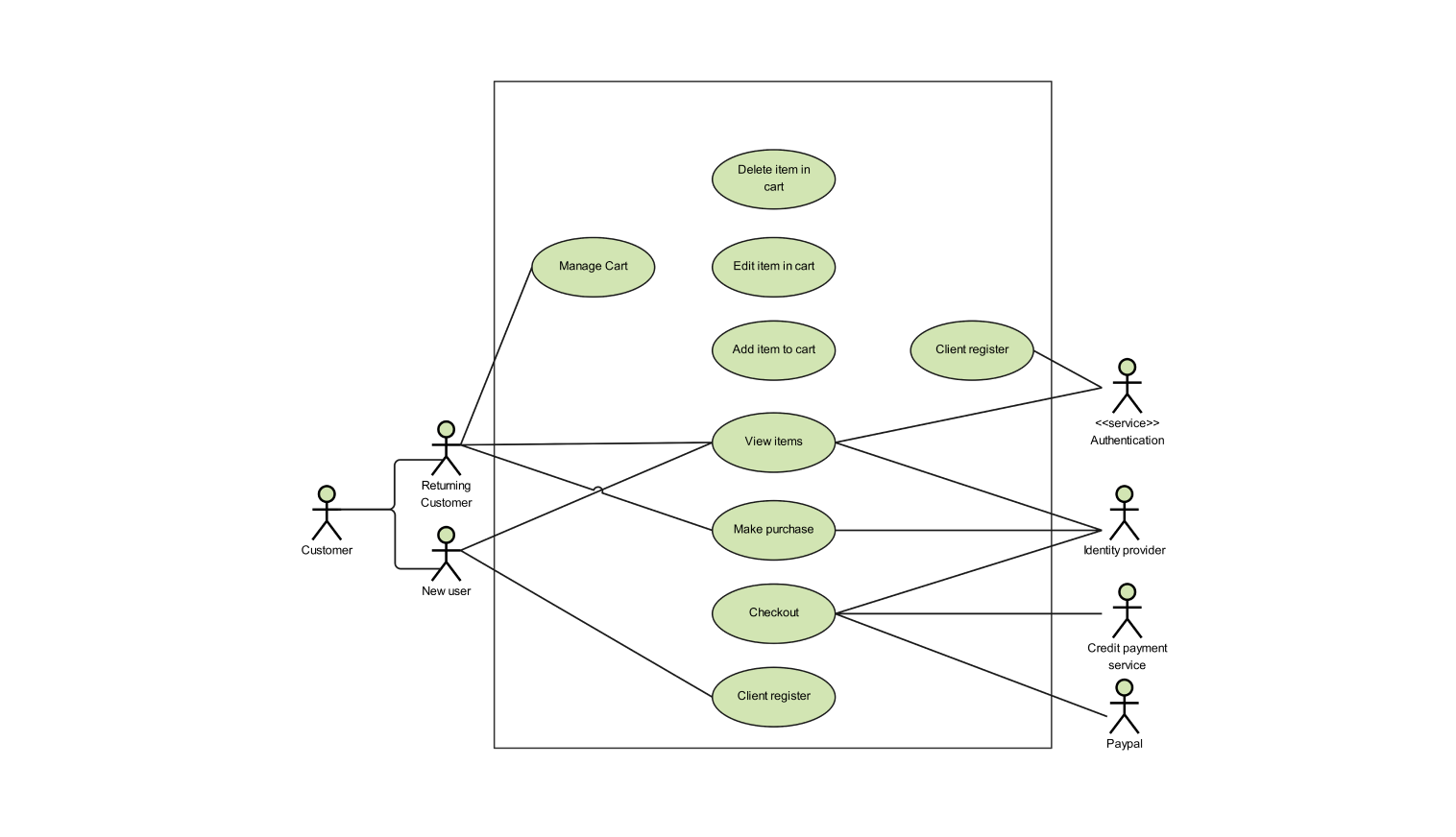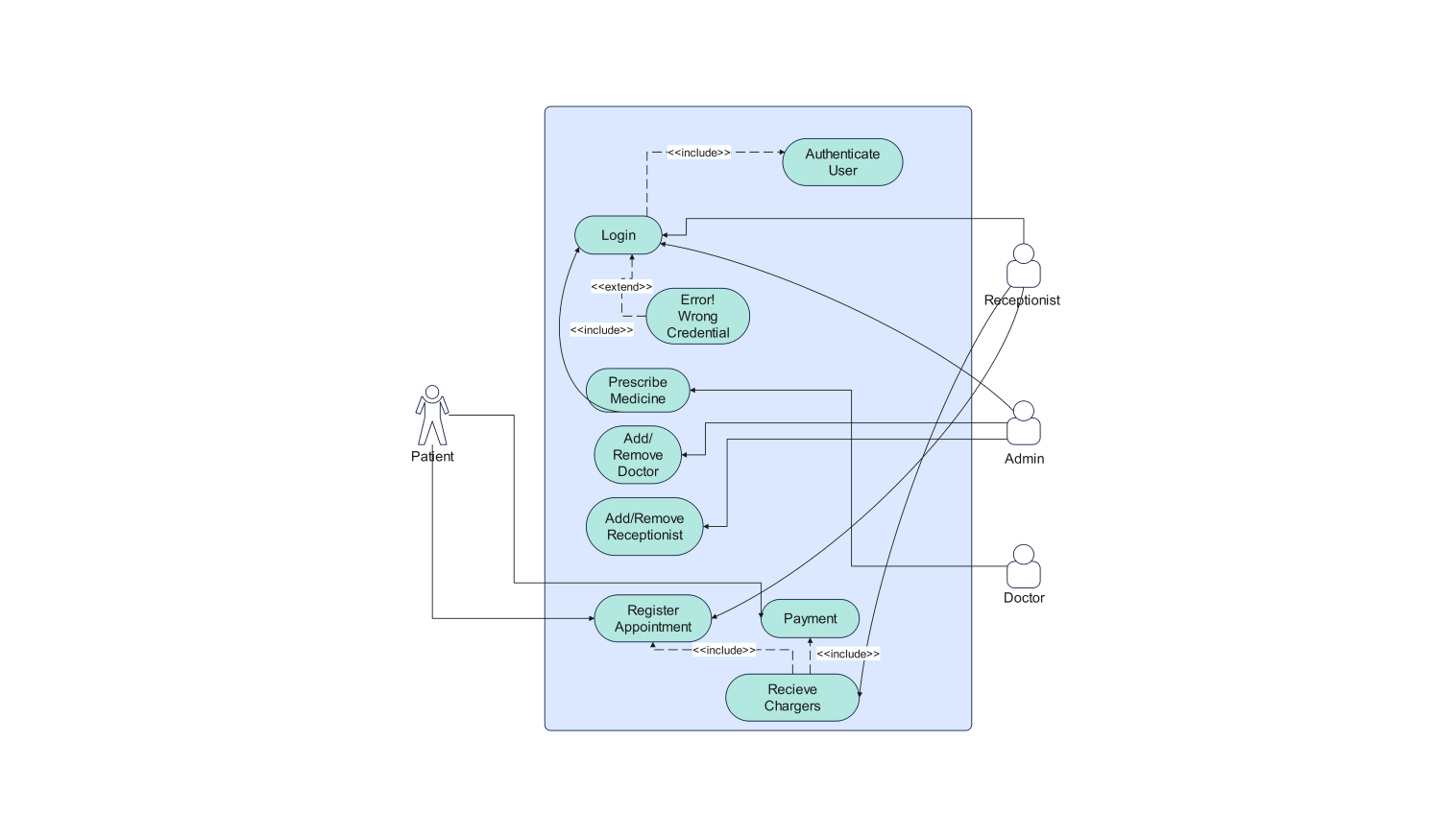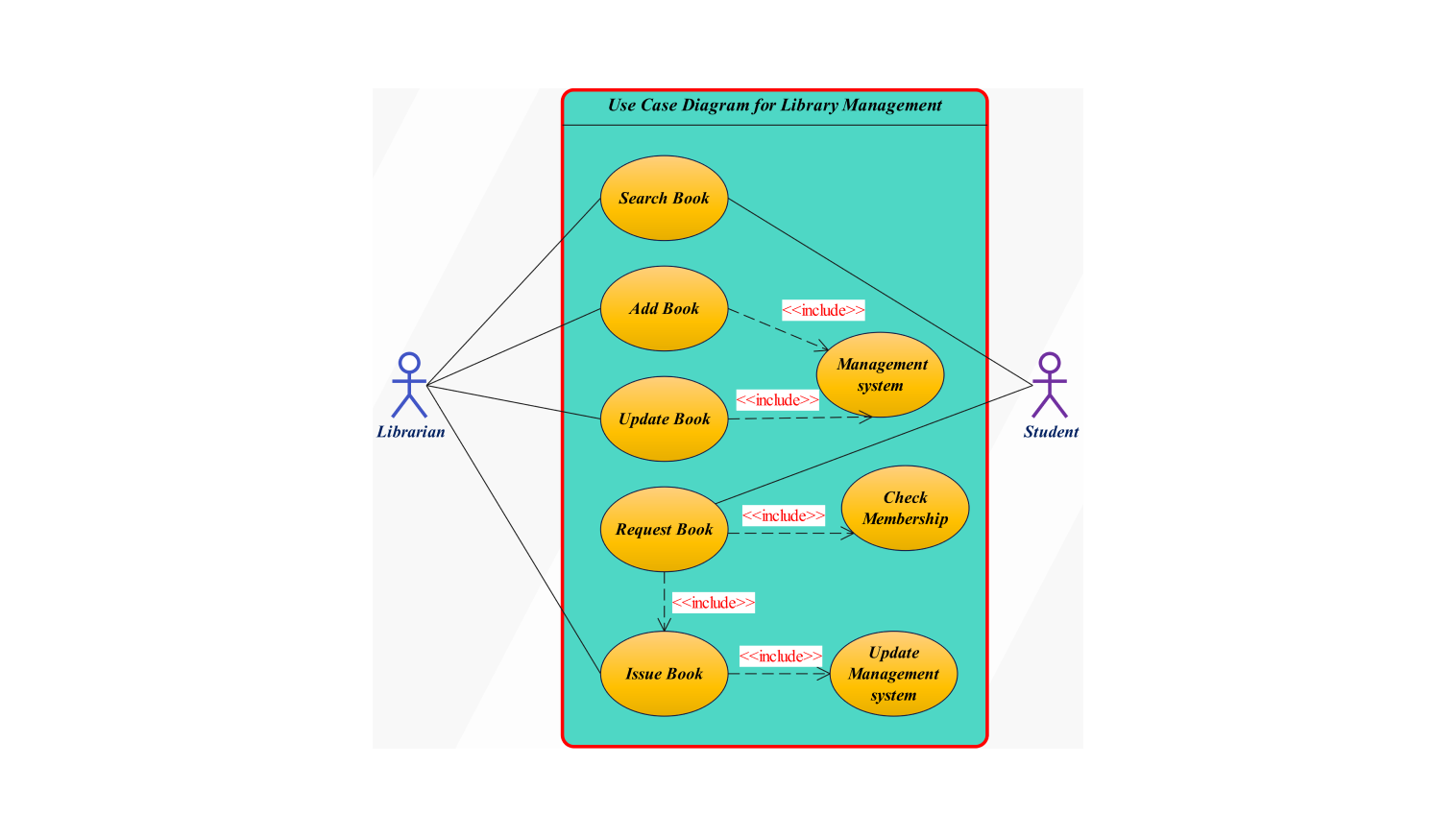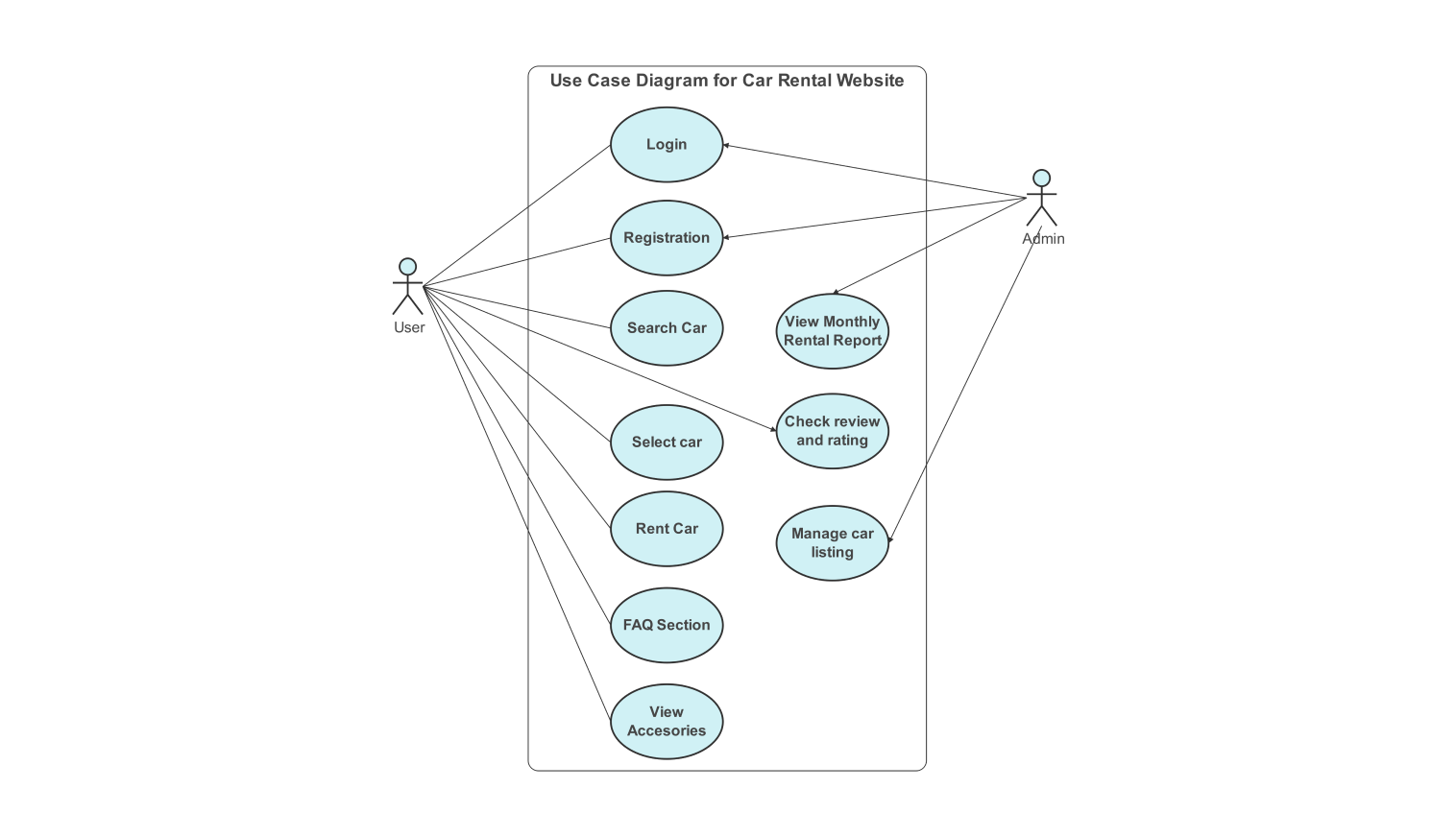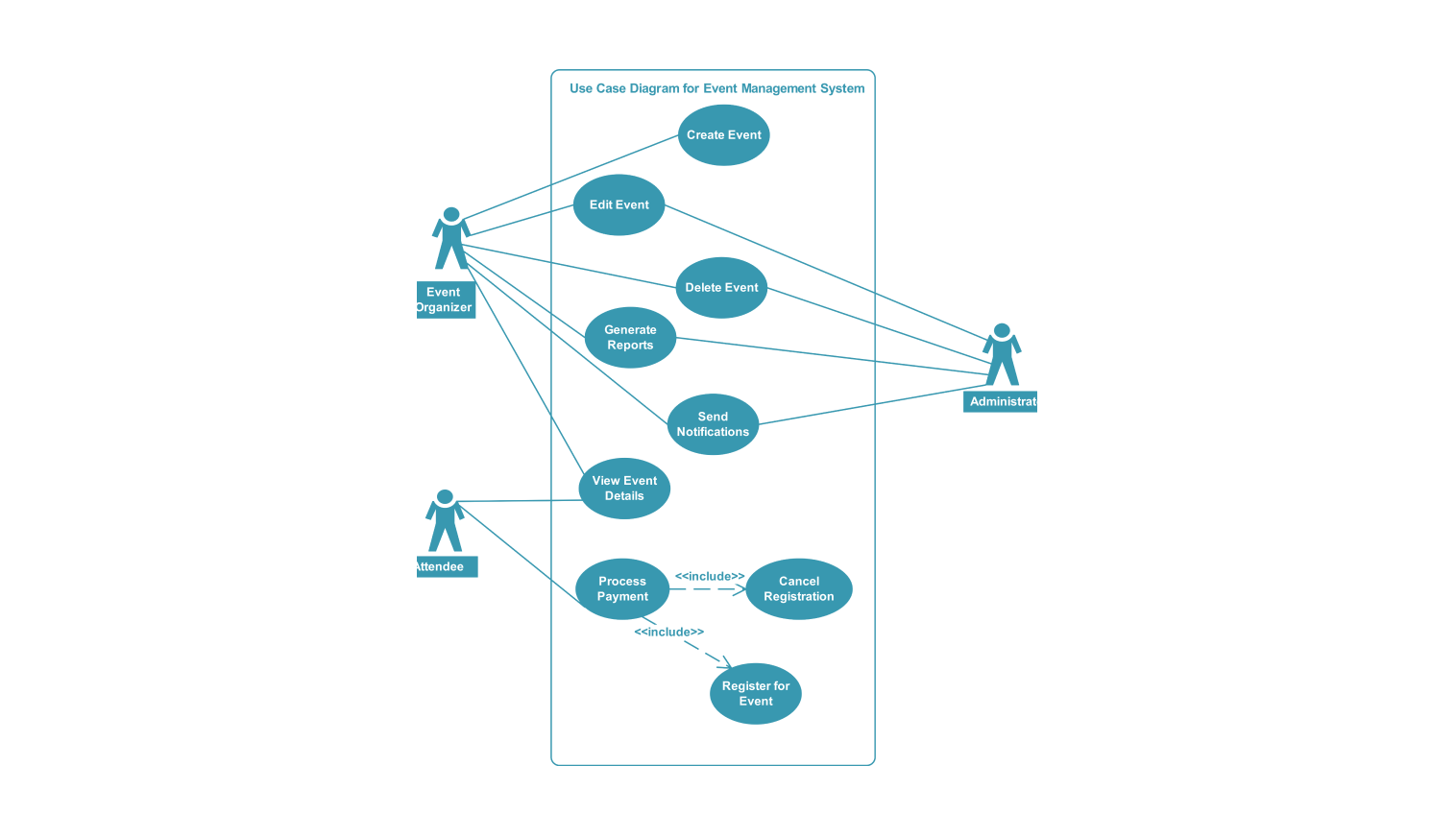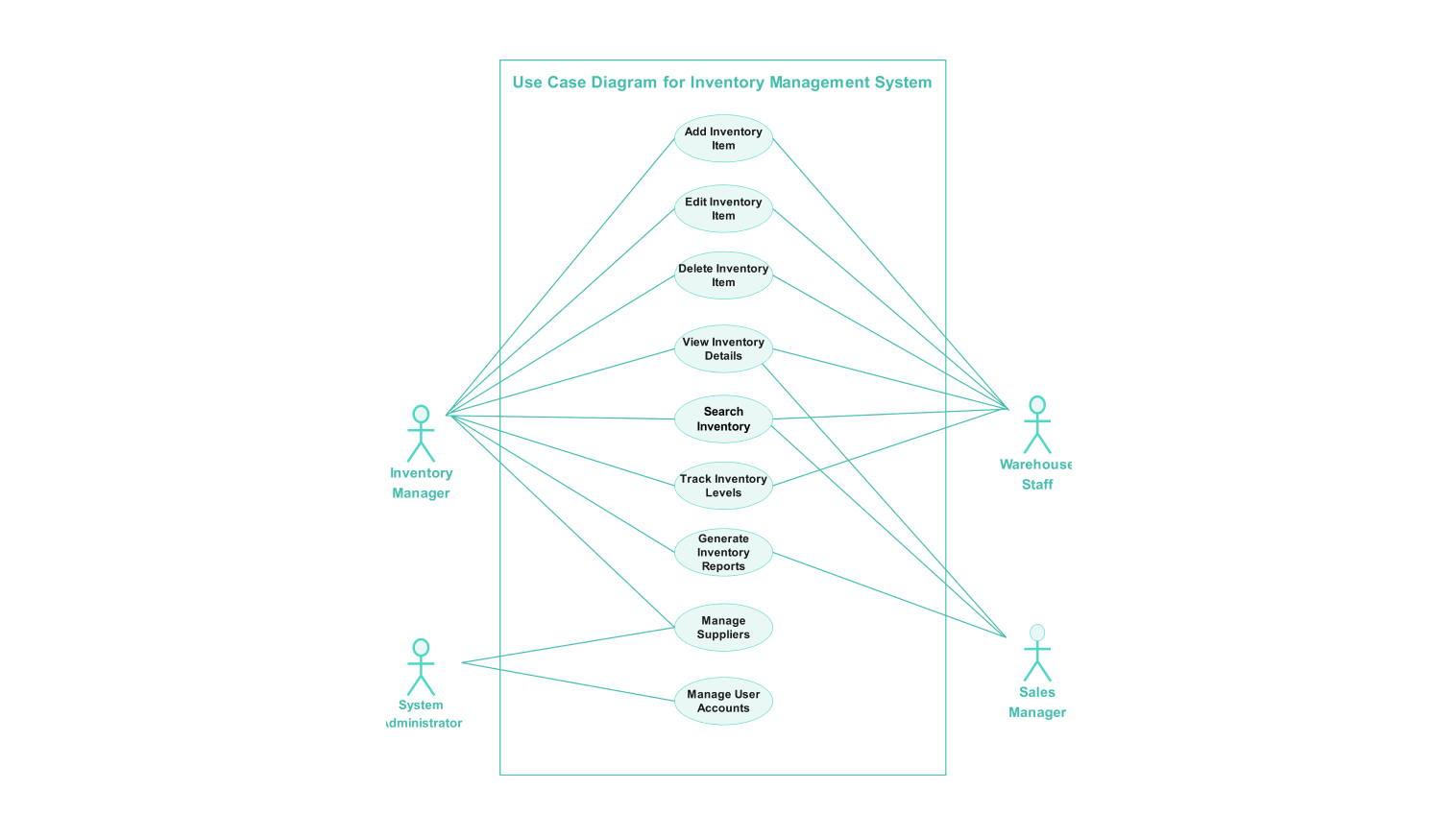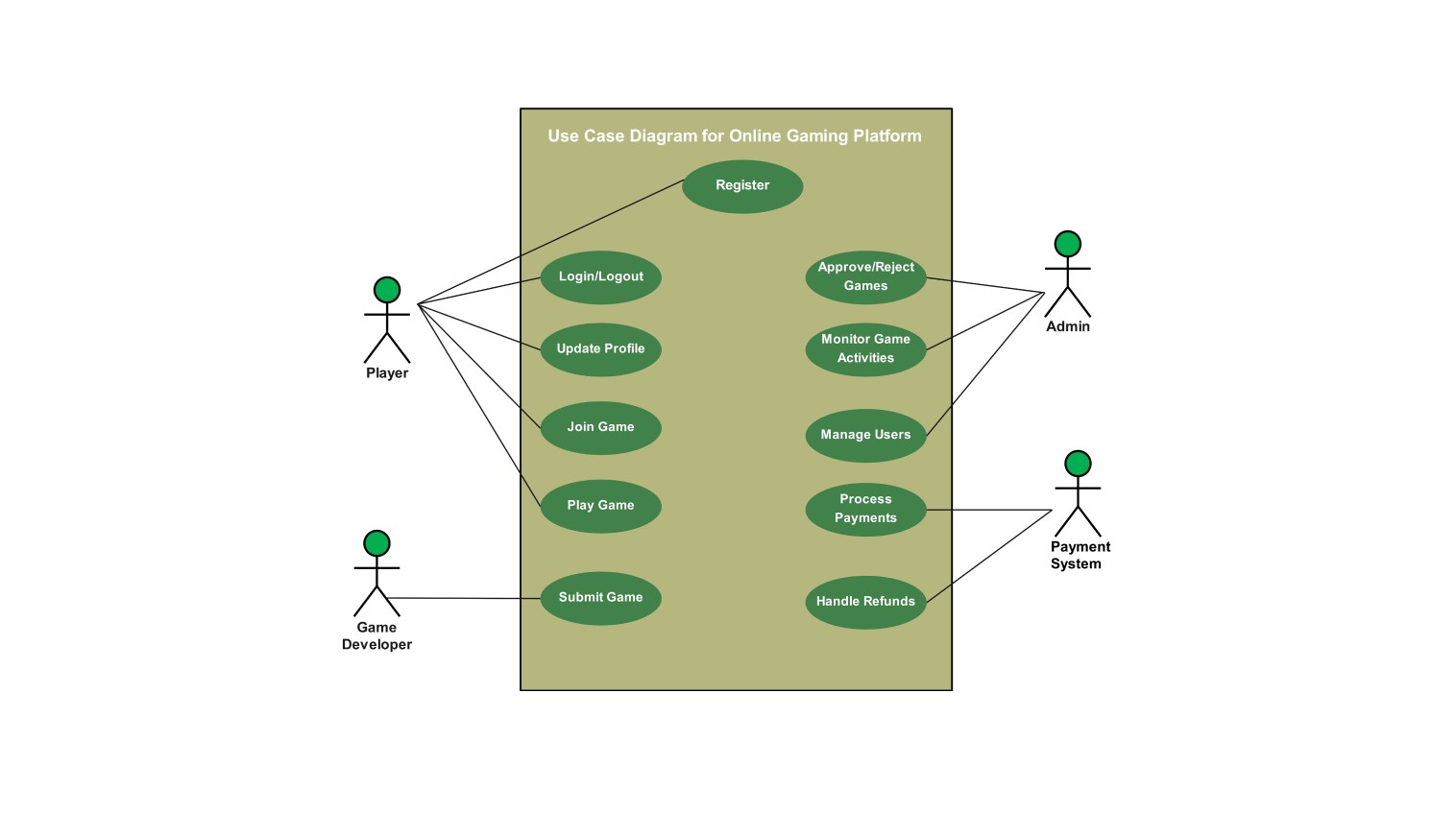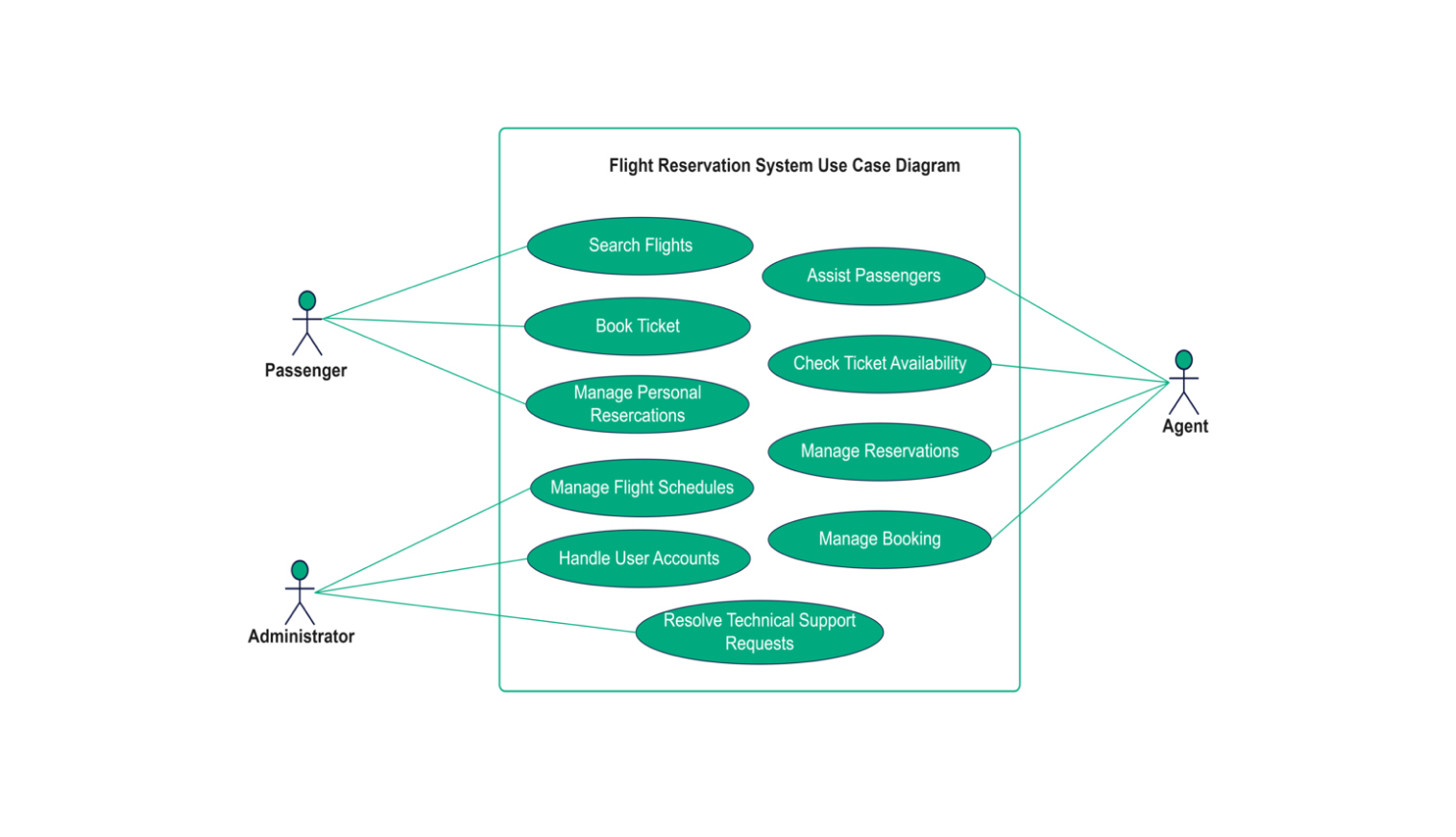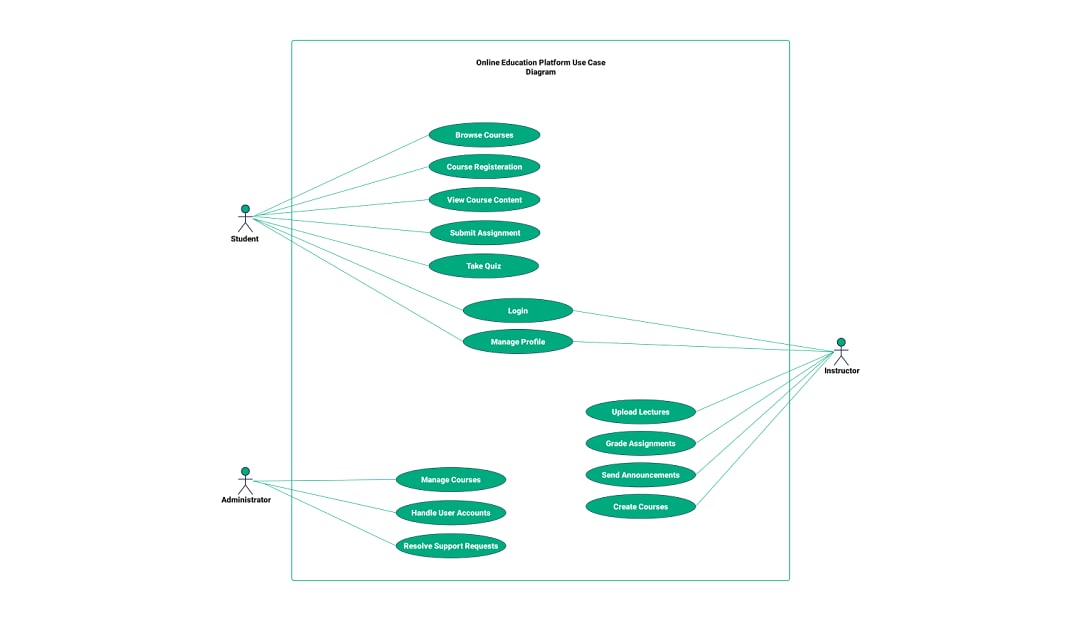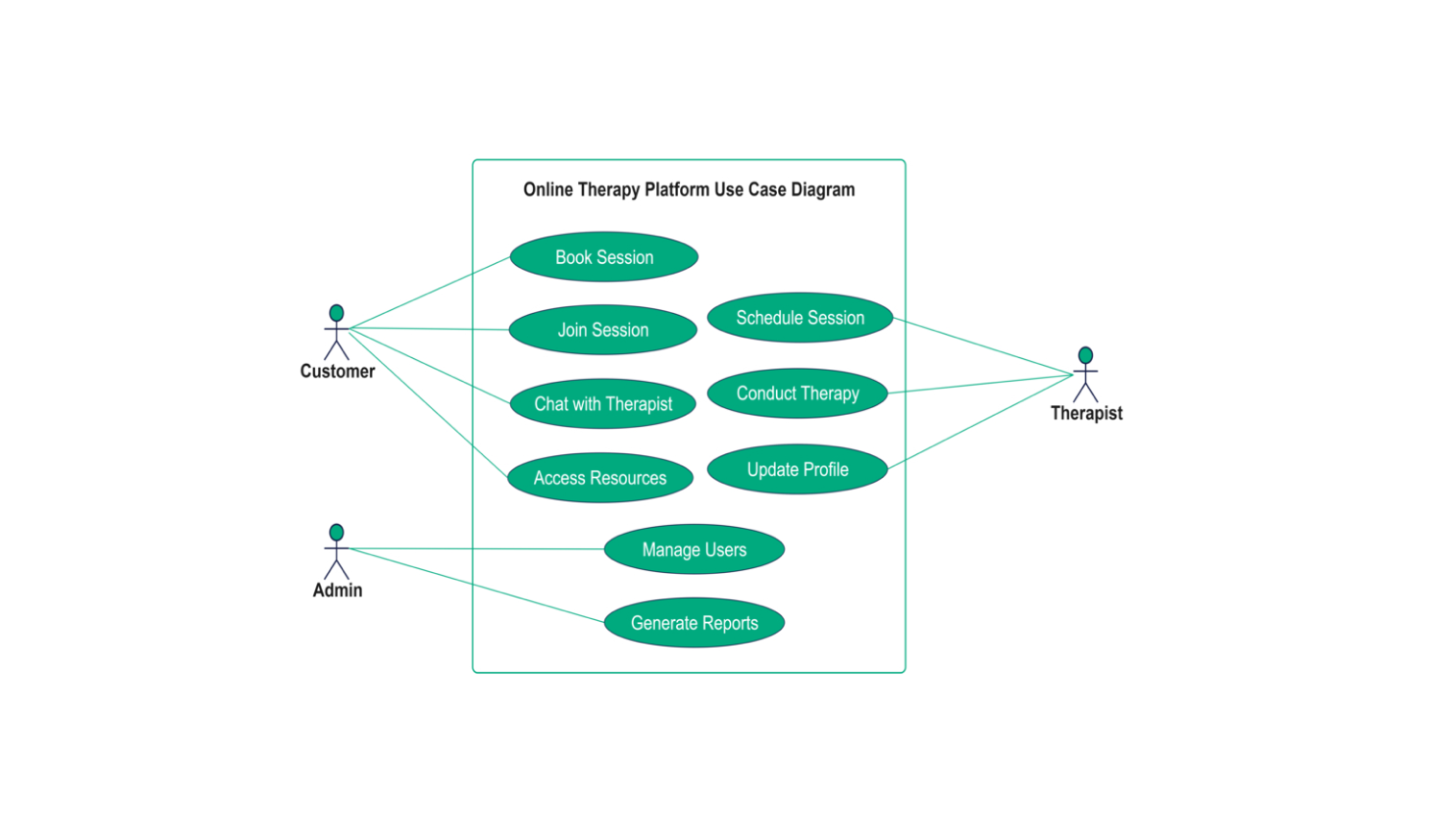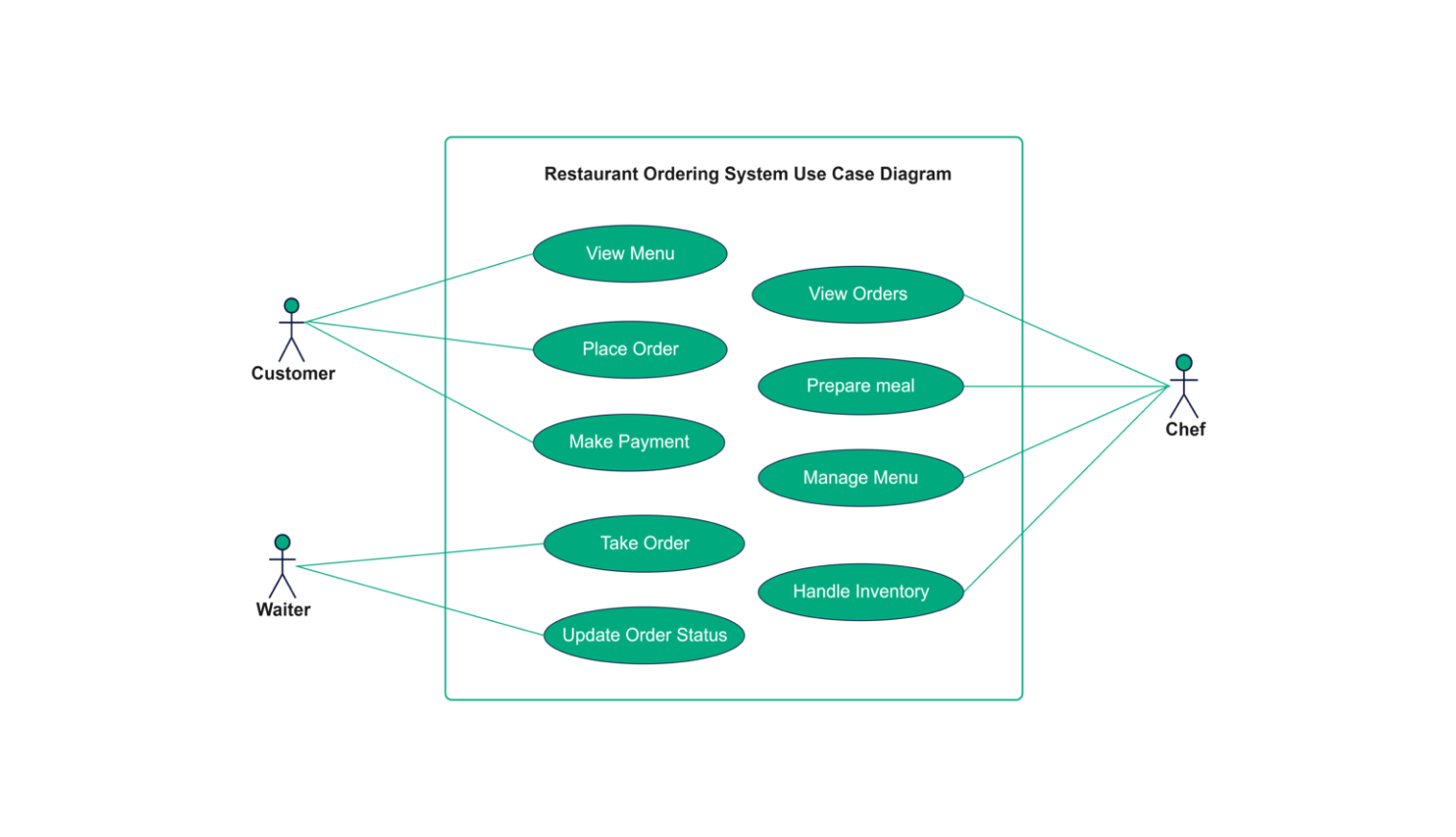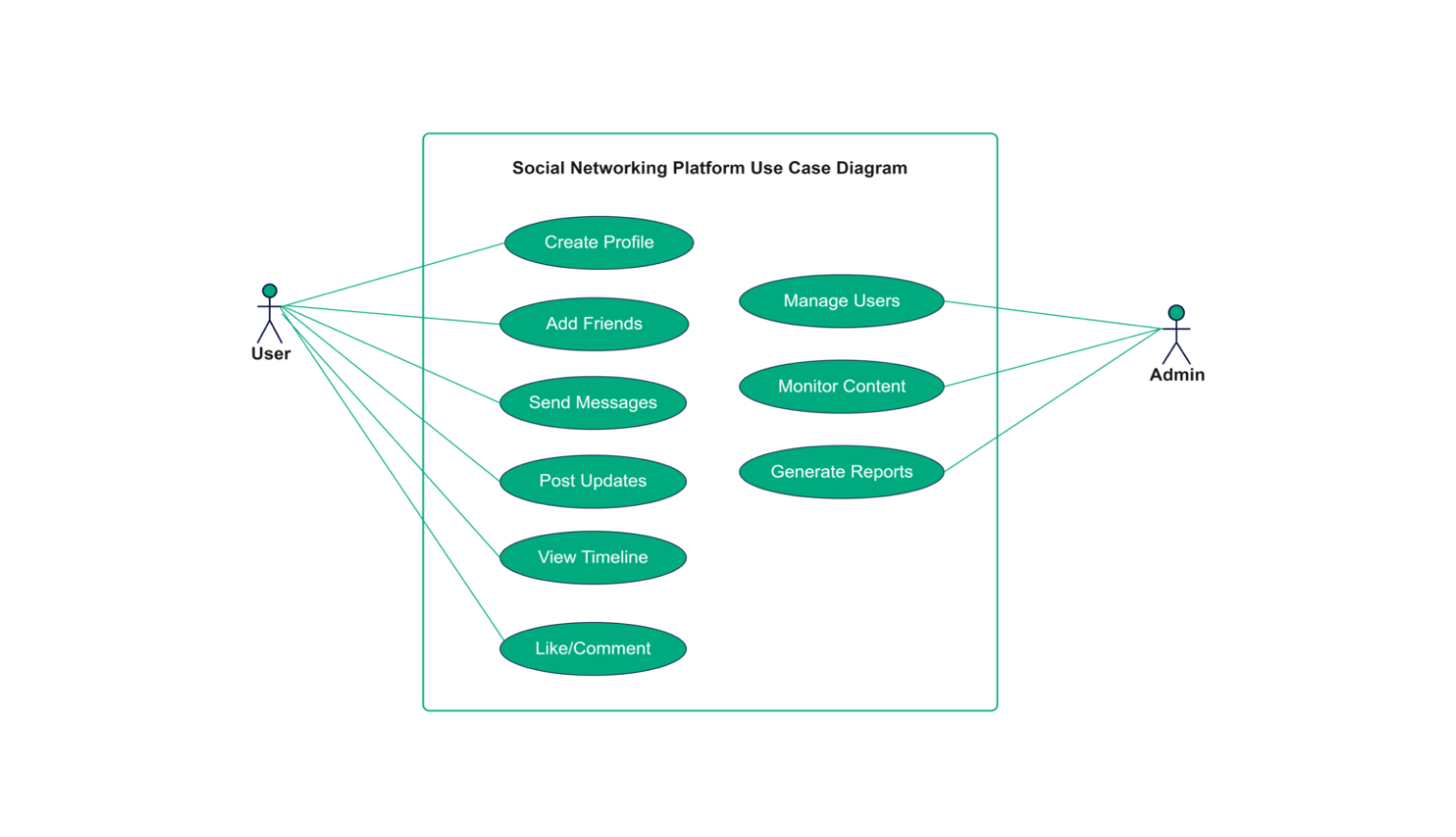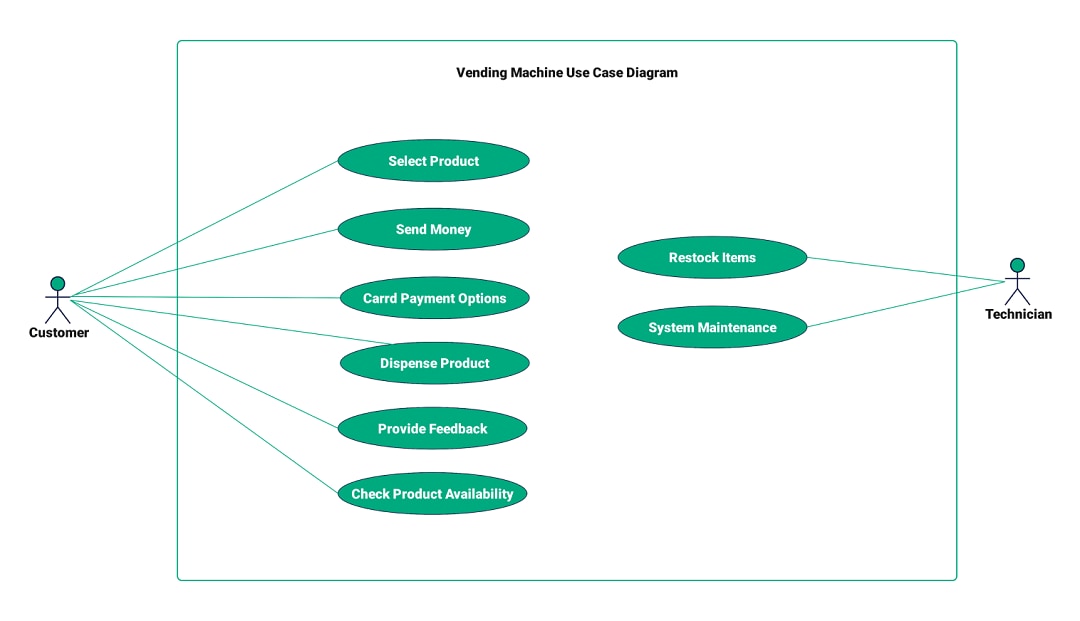- All templates
- Use case diagram templates
- Use case diagram for supply chain management system
About the use case diagram example
The use case diagram for a supply chain management system delineates the interactions between the primary actors—Supplier, Warehouse Manager, and Customer—and the system’s functionalities. The Supplier interacts with the system to place orders and track shipments. Key use cases for the Supplier include creating orders and monitoring the status of shipments. The Warehouse Manager engages with the system by receiving goods, managing inventory, and generating reports. These activities ensure that inventory levels are maintained and that goods are efficiently processed upon arrival. Key use cases for the Warehouse Manager include updating inventory, managing stock levels, and generating performance and inventory reports.
The Customer interacts with the system to place orders and track the delivery status of their goods. Key use cases for the Customer include placing new orders and tracking the progress of their shipments. The diagram uses ellipses to represent these use cases, with lines connecting the actors to their respective actions. This visual representation highlights the interaction between suppliers, warehouse managers, and customers, emphasizing the workflow and coordination necessary for effective supply chain management. It aids in understanding the system’s design and potential areas for improvement, ensuring a streamlined and efficient experience for all involved.
Get started with EdrawMax today
Create 210 types of diagrams online for free.
Draw a diagram free Draw a diagram free Draw a diagram free Draw a diagram free Draw a diagram free